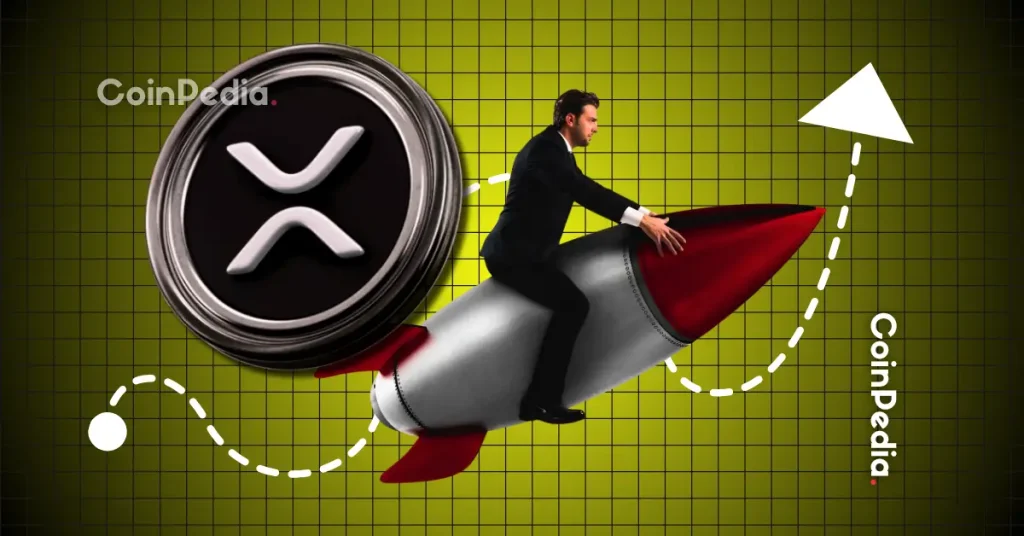As anticipation builds around the forthcoming release of the Federal Reserve’s minutes, the price of Bitcoin remains static at $122,500. Amid this, the overall recovery of altcoins stagnates, reflecting a cautious atmosphere among traders wary of potential drops in BTC prices. In parallel, developments at Binance command attention with the unveiling of its 35th Proof of Reserves.
A Glimpse into Binance’s Asset Transparency
Binance’s latest Proof of Reserves comes as a stark reminder of the lessons learned from the FTX debacle. This initiative echoes the ripple effect caused by FTX’s scandal, where synthetic cryptocurrencies were sold, and customer funds mismanaged. The revelation triggered by the collapse prompted calls for greater transparency within crypto exchanges, spurring Binance’s proactive proof of reserves strategy. Such measures are crucial to restoring trust and ensuring the authenticity of listed assets.
Post-FTX, centralized exchanges have increasingly embraced zk-SNARK-supported proof of reserves reports, building on the momentum for verifiable asset claims. These audits equip investors with a clearer path to confirming the presence of their digital currencies, fostering a renewed sense of accountability.
How Has Binance’s Reserves Landscape Changed?
Recent reports from Binance have revealed a 2.67% drop in customer BTC holdings since the last assessment. This equates to Binance maintaining 591,000 BTC, a decrease of 16,200 from the previous count. Additionally, Ethereum reserves saw a 4.78% reduction, now totaling 4.13 million, with Tether holdings experiencing a 3.1% decline. Most of these digital assets are migrating to offline storage solutions.
Investors increasingly seek the safety of cold wallets, as they offer heightened security compared to exchanges, which facilitate easier liquidation. Institutional activities further drive this trend, with ETF and crypto treasury organizations relocating their assets from exchanges into more secure corporate vaults.
Such movements mean fewer BTC and ETH available for direct exchange purchases, signaling an industry shift towards decentralized asset management.
Key takeaways from these changes include:
- Binance’s reserves report shows a tangible decrease in BTC and ETH holdings.
- Institutional demand is contributing to the migration of assets to secure storage.
- The ongoing shift could herald broader adoption of decentralized financial practices.
This transition away from centralized exchanges echoes a wider industry shift after past controversies. Market participants are now seeking avenues that promise both security and transparency.
“As the landscape evolves, we anticipate continued growth in self-custody solutions and trust-based crypto asset management,” commented a Binance representative on the recent developments.
Disclaimer: The information contained in this article does not constitute investment advice. Investors should be aware that cryptocurrencies carry high volatility and therefore risk, and should conduct their own research.
















 English (US)
English (US)